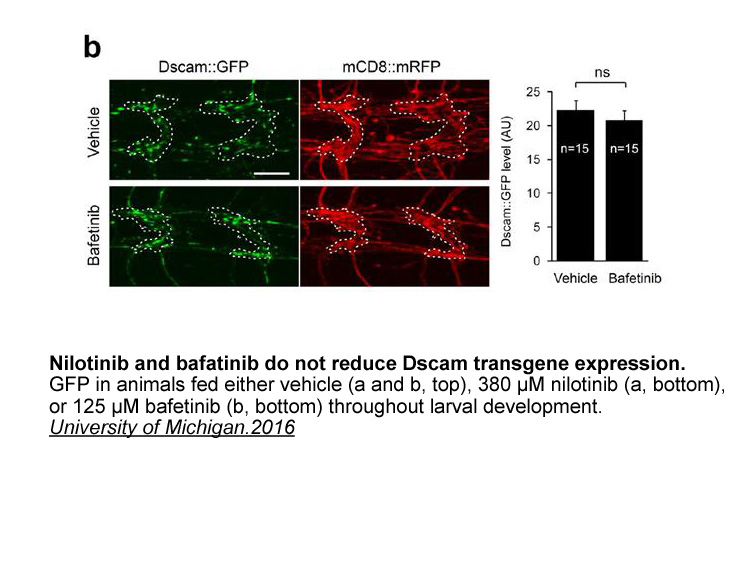Archives
MiR a rs is situated in the
MiR-196a2 rs11614913 is situated in the 3′ passenger strand mature sequence of miR-196a2. The C to T mutation of the rs11614913 SNP, which was located in the stem region of an miR-196a-2 precursor, leads to a change from a G:C to a G:U mismatch. A previous study has shown that miR-196a2 rs11614913 could influence the mature miRNA and the oligomycin of the target genes including homeobox (HOX) and annexin A1 (ANXA1). In various physiological and pathological processes, HOX genes encode important transcription factors, while ANXA1 genes act as a mediator of apoptosis and inhibitor of cell proliferation. Indeed, the association of miR-196a2 rs11614913 polymorphism with HCC risk has been reported in recent studies, and some studies supported the proposition that the polymorphism of miR-196a2 rs11614913 may contribute to the susceptibility of colorectal cancer, breast cancer, head and neck cancer, lung cancer, and gastric cancer. However, no association was found in gallbladder cancer. Interestingly, the CC genotype of the miR-196a-2 rs11614913 polymorphism was associated with a decreased risk of glioma. It is reported that in HCC tissues, the C allele of rs11614913 increased the expression of mature miR-196a2. However, in another study, no association between rs11614913 and HCC was observed. In our meta-analysis, overall and in Asian populations, significant statistical heterogeneity was identified in the comparison of the allele, recessive, homozygous, and heterozygous models. A decreased risk of HCC in Caucasians could be observed in the allele, dominant, recessive, and homozygous models. The reason why miR-146a rs2910164 polymorphism showed no significant result in Caucasians may be attributed to differences in the pathways of carcinogenesis. In addition, this meta-analysis enrolled only 10 studies for MiR-196a2 rs11614913 polymorphism, and an inadequate number of studies would be another influence factor.
Polymorphism miR-499 rs3746444 is located in the stem region opposite the mature miR-499 sequence, resulting in a change from A:U to G:U in its stem region. An earlier study revealed that miR-499 was able to regulate C-reactive protein, a protein closely related to cerebral ischemia. Moreover, mi-499 is also associated with cell apoptosis and cell death in the condition of anoxia and ischemia by dynamin-related protein-1 and targeting calcineurin. As rs3746444 A/G mutation might affect the binding of target mRNAs and maturation of pre-miRNA, this SNP might possibly affect downstream biological functions. A previous meta-analysis found that miR-499 rs3746444 polymorphism is a low-penetrant risk factor for cancer development among Asians and may contribute to breast cancer susceptibility. There was a study suggesting that miR-499 rs3746444 polymorphisms may not be associated with the risk of HCC. However, more studies were pooled into our study, and we identified that in Chinese populations, miR-499 rs3746444 G allele was a risk factor, with the association varying between different cancer types. However, in this meta-analysis, only the recessive models produced a significant association between miR-499 rs3746444 polymorphism and HCC risk. As Hikmet Akkiz\'s study showed that miR-499 rs3746444 polymorphism has not played any major role in genetic susceptibility to hepatocellular carcinogenesis, none of the genetic models produced any significant association between miR-499 rs3746444 polymorphism and HCC risk in Caucasian.
In the development of a solid tumor, miR-149 rs2292832 can function as a tumor suppressor and an oncogene. The miR-149 rs2292832 SNP might affect the expression of mature miRNAs or their binding activities to target mRNA, with the influence of cancer risk through variable mechanisms. As for miR-149, it is a proapoptotic miRNA that represses the expression of Akt1 and E2F1. Silencing of Akt1 and E2F1 results in apoptosis in human cancer cell lines. Moreover, miR-149 is considered as a tumor suppressor, which could inhibit cell growth and invasion by binding to the target gene specificity protein 1. A previous article showed that, based on the pooled studies especially for Asians, miR-149 polymorphism can marginally contribute to gastrointestinal cancer and breast cancer susceptibility. However, there were several other studies that failed to find  an association between miR-149 polymorphism and colorectal and gastric cancer, which have conclusions consistent with our own. This suggests that no significant statistical heterogeneity was identified in any of the genetic models.
an association between miR-149 polymorphism and colorectal and gastric cancer, which have conclusions consistent with our own. This suggests that no significant statistical heterogeneity was identified in any of the genetic models.